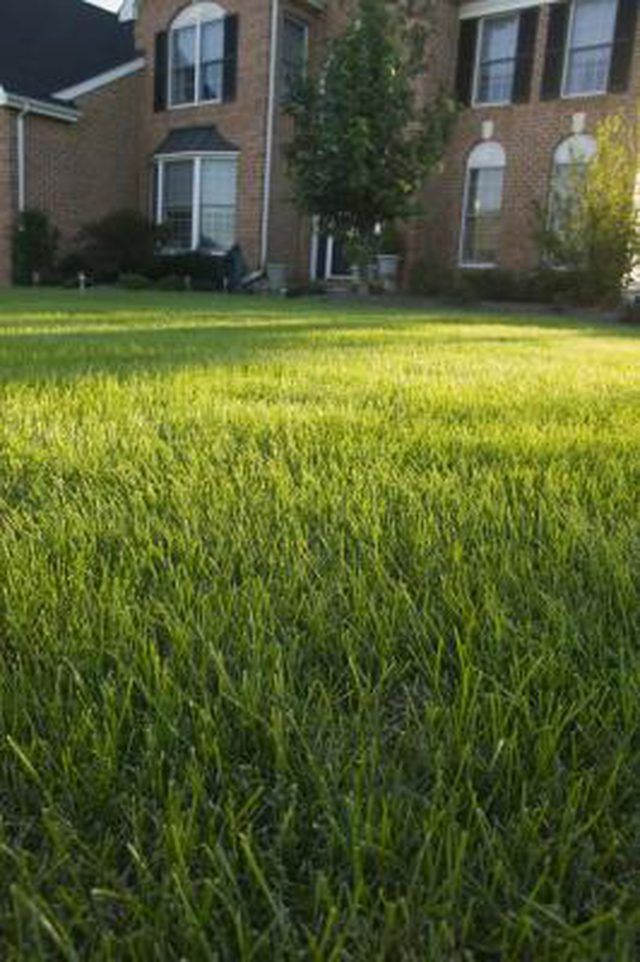Bulbs
Flower Basics
Flower Beds & Specialty Gardens
Flower Garden
Garden Furniture
Garden Gnomes
Garden Seeds
Garden Sheds
Garden Statues
Garden Tools & Supplies
Gardening Basics
Green & Organic
Groundcovers & Vines
Growing Annuals
Growing Basil
Growing Beans
Growing Berries
Growing Blueberries
Growing Cactus
Growing Corn
Growing Cotton
Growing Edibles
Growing Flowers
Growing Garlic
Growing Grapes
Growing Grass
Growing Herbs
Growing Jasmine
Growing Mint
Growing Mushrooms
Orchids
Growing Peanuts
Growing Perennials
Growing Plants
Growing Rosemary
Growing Roses
Growing Strawberries
Growing Sunflowers
Growing Thyme
Growing Tomatoes
Growing Tulips
Growing Vegetables
Herb Basics
Herb Garden
Indoor Growing
Landscaping Basics
Landscaping Patios
Landscaping Plants
Landscaping Shrubs
Landscaping Trees
Landscaping Walks & Pathways
Lawn Basics
Lawn Maintenance
Lawn Mowers
Lawn Ornaments
Lawn Planting
Lawn Tools
Outdoor Growing
Overall Landscape Planning
Pests, Weeds & Problems
Plant Basics
Rock Garden
Rose Garden
Shrubs
Soil
Specialty Gardens
Trees
Vegetable Garden
Yard Maintenance
How to Hydroseed at Home
How to Hydroseed at Home. Hydroseeding is a process in which grass seed is mixed with fertilizer and other binding agents to form a slurry that is sprayed on a yard. This slurry provides the grass with vital nutrients and stabilizes it against the elements, such as wind and rain. It also protects the seed from being eaten by birds. Hydroseeding is...

Hydroseeding is a process in which grass seed is mixed with fertilizer and other binding agents to form a slurry that is sprayed on a yard. This slurry provides the grass with vital nutrients and stabilizes it against the elements, such as wind and rain. It also protects the seed from being eaten by birds. Hydroseeding is a quicker process than seeding by hand and costs less than planting with sod. It also makes planting on hillsides and slopes easier. The keys to hydroseeding at home are preparation, research and maintenance.
Things You'll Need
Lawn testing kit
Herbicide (if hydroseeding over an already existing lawn)
Rototiller
Contact information of hydroseeding companies in your area
Lawn roller
Garden hose
Use a lawn testing kit to determine the pH level of your soil and the soil composition of your yard. Most soil compositions are a combination of clay and sand. Test a few areas of your lawn for accurate results. If you're going to plant over an existing lawn, kill the grass with an herbicide. Let grass die out and use a rototiller to reintroduce it into the soil.
Contact hydroseeding companies in your area to collect estimates and determine what types of hydroseed grasses they have available. Make sure that you know the square footage of your yard to receive a more accurate estimate. Mention the results of your soil testing so that they can tell you what grass seeds work best on your lawn. Hydroseeding machines are expensive and aren't a practical purchase for the average homeowner. Some companies rent machines that allow you to apply the hydroseed yourself while others send a crew to do it for you. Decide which is best for you and schedule an appointment.
Use a partially filled lawn roller to go over the soil the day before hydroseed is applied. Follow any additional soil preparation instructions provided by the hydroseeding company. This may include correcting nutrient deficiencies in the soil through the use of additives, such as peat moss, lime, iron sulfate or gypsum.
Water hydroseed with a garden hose every day for two weeks after initial application. When it comes time for the first cut, set your mower blade to its highest setting. Removing more than a third of the grass blade significantly weakens the plant.